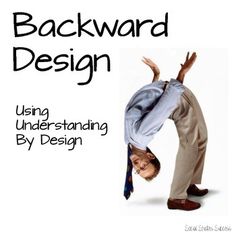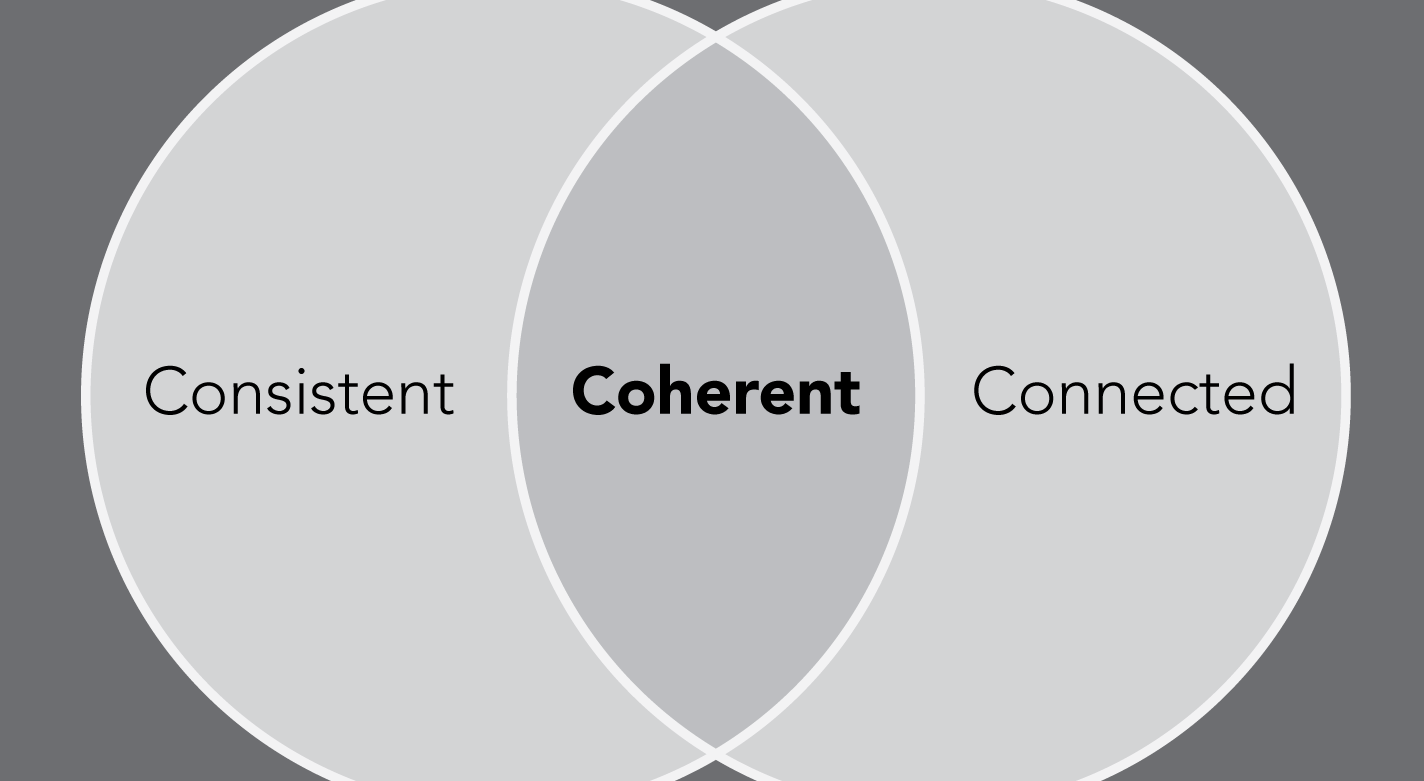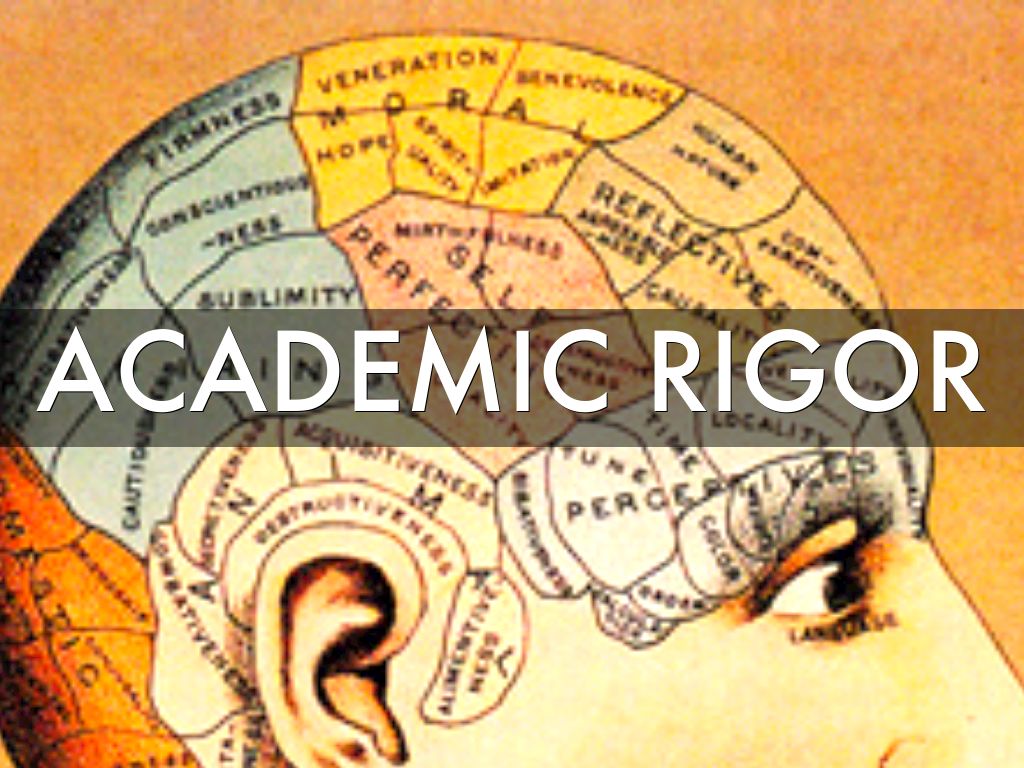5 March, 2016
There is a small belief that learning profiles do not exist or, if they do exist, they have no place in classrooms. The truth is
Read More5 March, 2016
Backward planning or backward mapping is a process that educators use to design learning experiences and instructional strategies to achieve specific learning goals. Backward design begins with the objectives
Read More4 March, 2016
Children are more than one test, once a year, in one sitting. It appears as if many schools and districts have lapsed into a deep
Read More3 March, 2016
Gifted students who are served in general education classrooms frequently complete their work sooner than other students. This can happen in one subject area, such
Read More3 March, 2016
Coherent curriculum, or aligned curriculum, refers to an academic program that is well organized and purposefully designed to facilitate learning free of academic gaps and needless repetitions
Read More2 March, 2016
Assessment fog holds similar dangers of error for accurately diagnosing student needs. Unlike road fog, which is obvious (you know you’re in it), assessment fog
Read More2 March, 2016
Academic rigor is widely used by educators to describe instruction, schoolwork, learning experiences, and educational expectations that are academically, intellectually, and personally challenging. Rigorous learning
Read More1 March, 2016
Assessment in education comes in different types, forms and purpose. Types of Assessment in education systems: High-stakes assessments are typically standardized tests used for the purposes of
Read More1 March, 2016
In classrooms, effective learning happens when teachers give the conditions that learners find relatable. The challenge is that these conditions will vary for each learner.
Read More29 February, 2016
Autonomy in Education is mainly about professional independence in schools, particularly the degree to which teachers can make autonomous decisions about what they teach to
Read More








